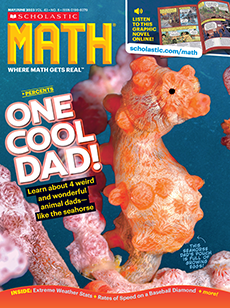Fiona Maisels can identify gorilla dung in an instant. It’s bulky and segmented and it looks like it came from a pony. When she spots droppings on the forest floor in Central Africa, “it’s really obvious” who made it, she says.
Maisels is an ecologist who monitors animal populations for the Wildlife Conservation Society. She recently helped coordinate the most thorough survey ever of western lowland gorillas in the wild. Over the course of 11 years, more than 50 scientists used droppings and other clues to count gorillas in the forest. They used that data to estimate the total number of the apes alive.
Fiona Maisels knows exactly what gorilla dung looks like. It’s bulky and divided into rounded segments. It looks like it came from a pony. When Maisels spots droppings on the forest floor in Central Africa, “it’s really obvious” who made them, she says.
Maisels is an ecologist. She monitors animal populations for the Wildlife Conservation Society. She recently helped coordinate a survey of western lowland gorillas in the wild. It was the most thorough count scientists had ever made. The survey took 11 years and more than 50 scientists. They used droppings and other clues to count gorillas in the forest. Then they used that data to estimate the total number of the apes alive.
